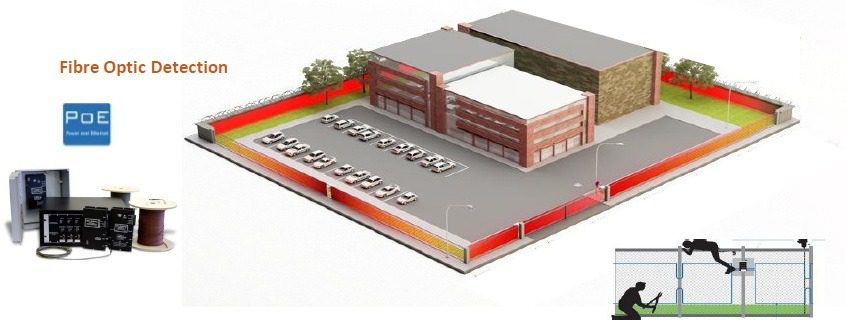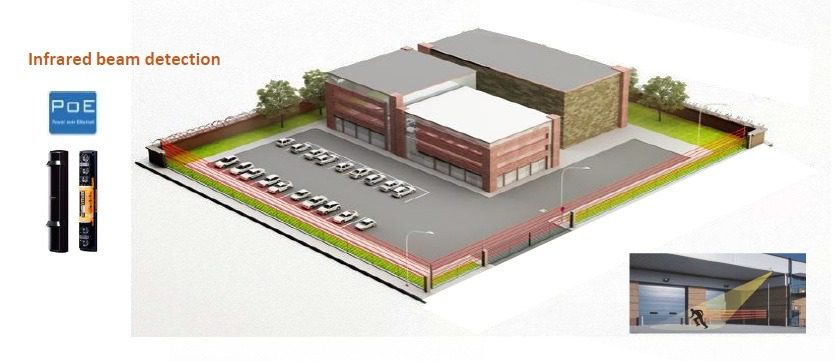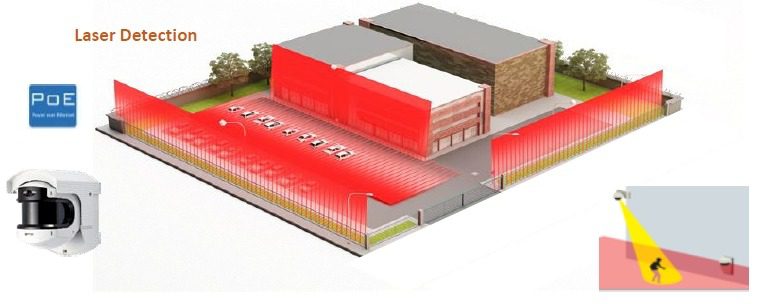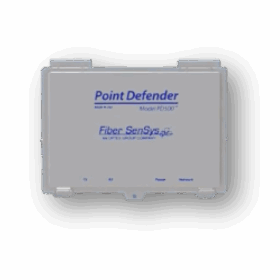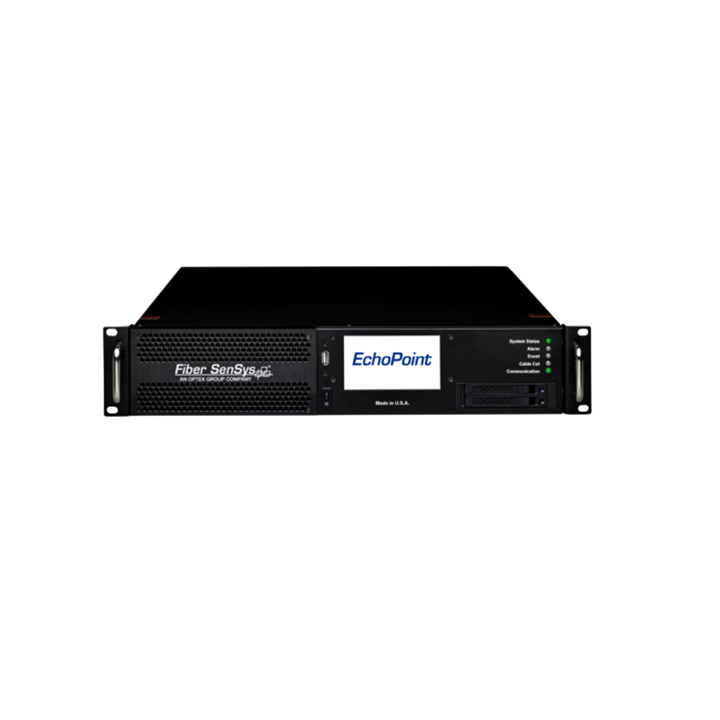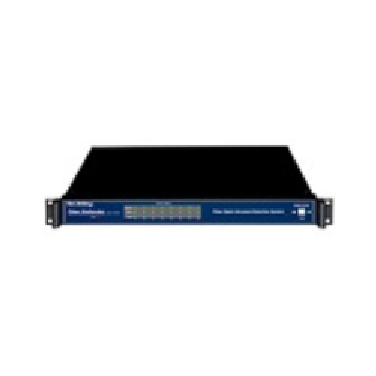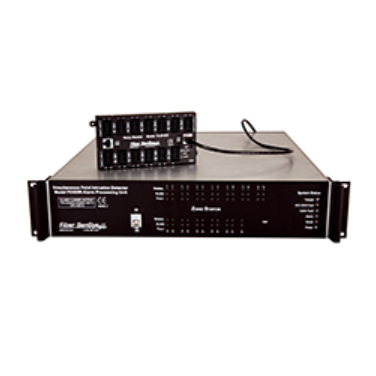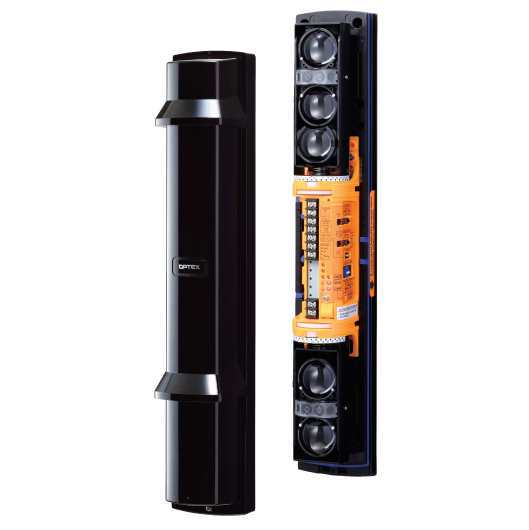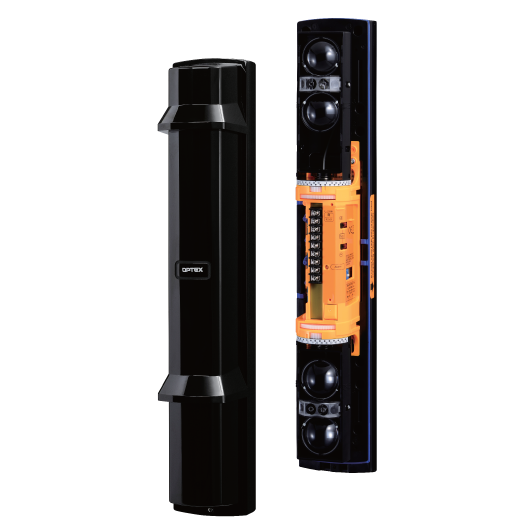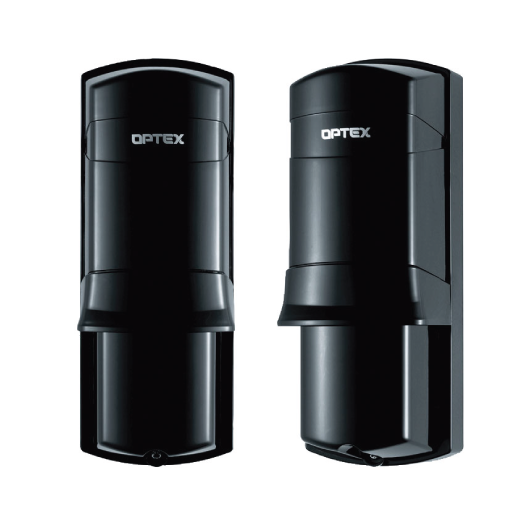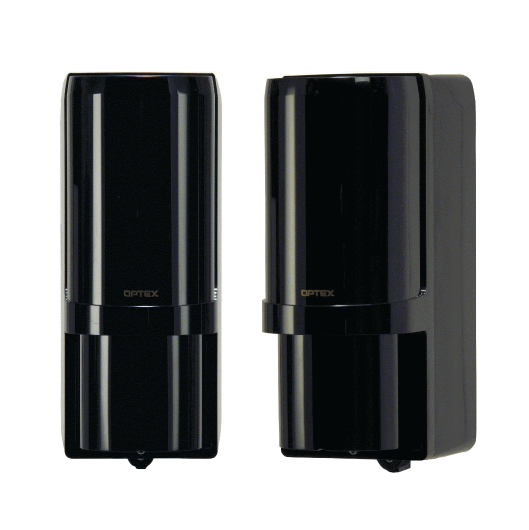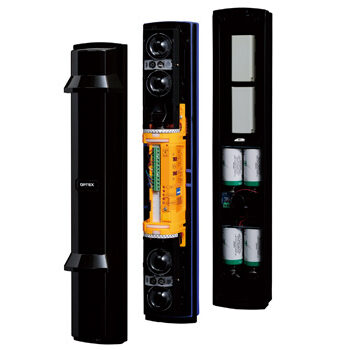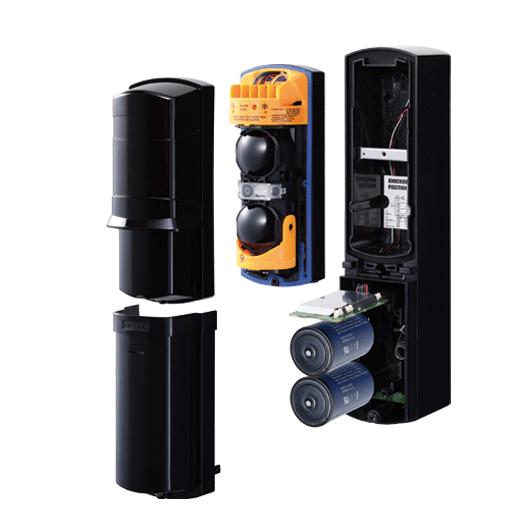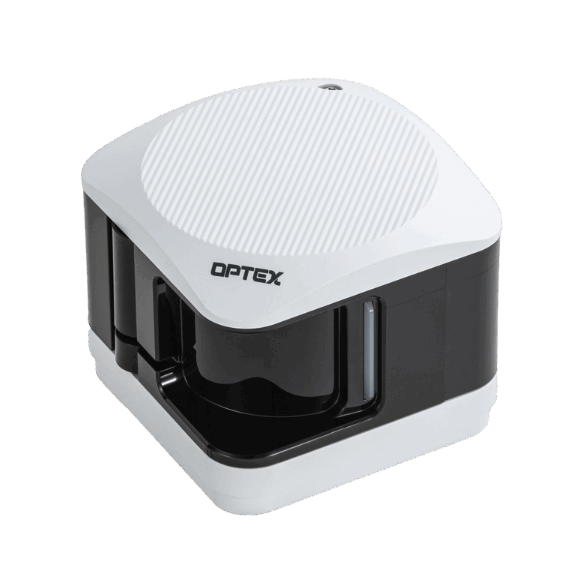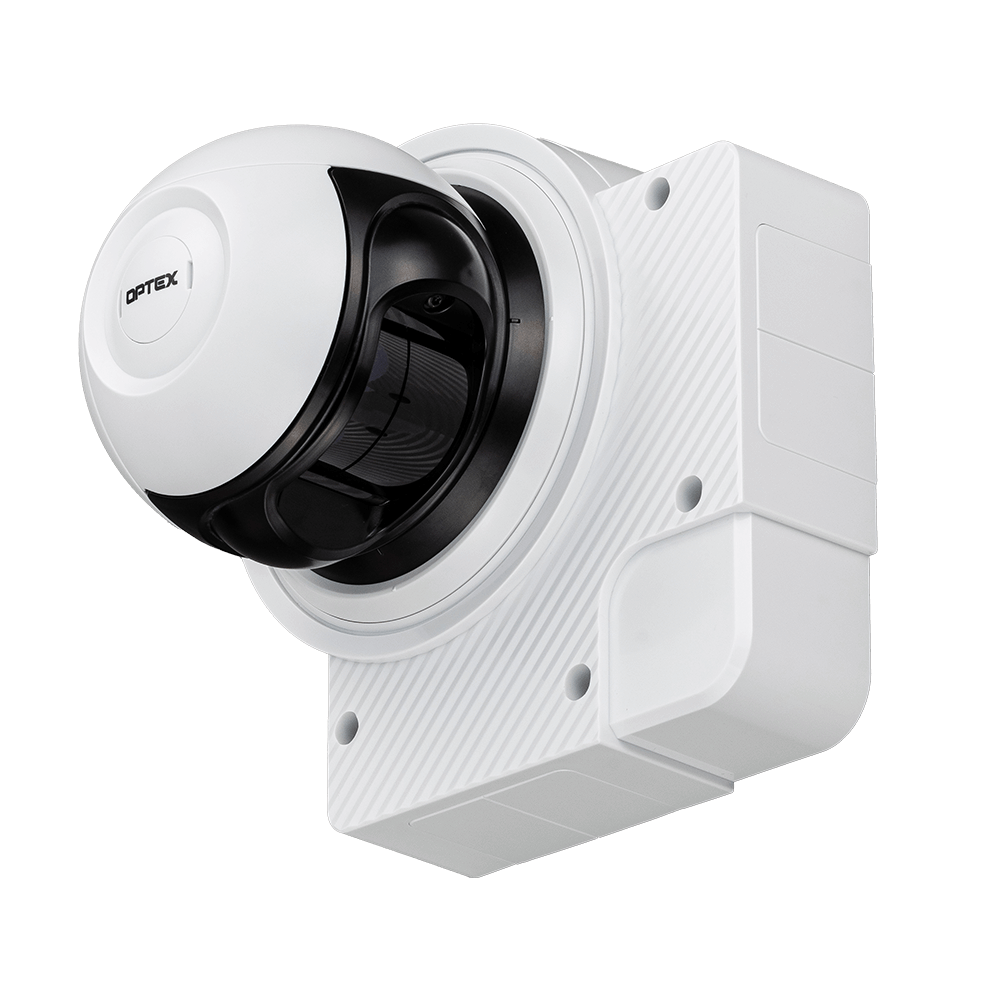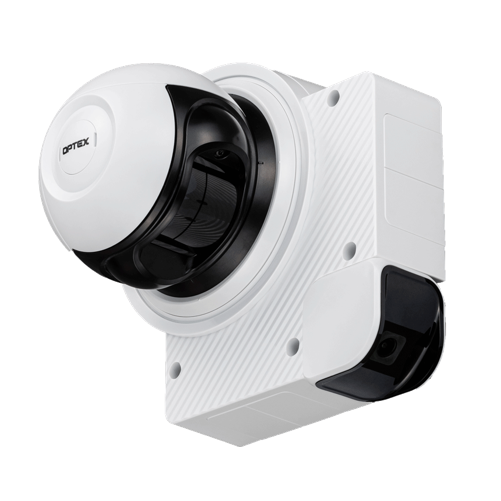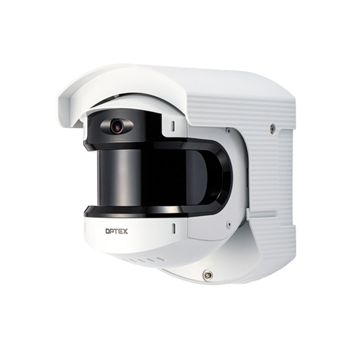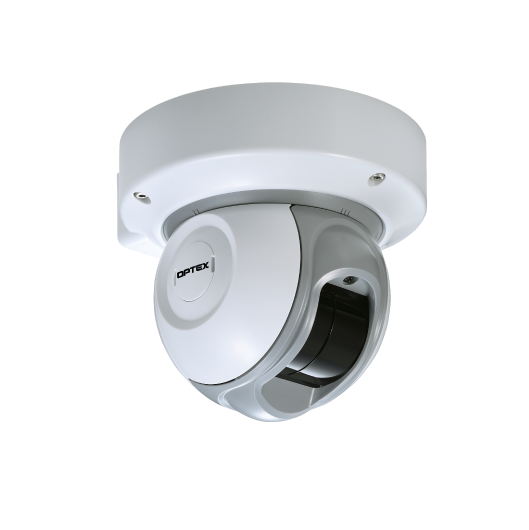PIDS - Perimeter Intrusion Detection System
What is Perimeter Intrusion Detection System (PIDS)?
Perimeter Intrusion Detection System (PIDS) is an advanced sensor system designed to detect unauthorized intrusion attempts in real time at the perimeter—the first point of entry into a site. Various technologies such as fiber optic sensors, LiDAR sensors, and infrared beam sensors are used to detect intruders.
The primary purpose of PIDS is to identify intruders at the boundary between inside and outside the premises, enabling faster response, preventing damage to assets, and ensuring the safety of personnel.
By integrating sensors with a centralized control system, security operators can view footage from surveillance cameras installed near the sensors either on-site or from a remote monitoring room. Depending on the situation, security personnel can be dispatched or audio warnings can be issued.

This is a highly effective monitoring system that supports security operators in making accurate and prompt decisions and responses.
PIDS is widely used in critical facilities such as data centers, energy infrastructure, airports, and prisons, as well as in factories and warehouses.
Flow of Perimeter Intrusion Detection System
Security by PIDS with combined security guards, sensors and surveillance cameras enables the following immediate response in real time in the event of an intrusion:
- The security sensor detects an intrusion at the perimeter area and sends an alert to the local / remote monitoring room.
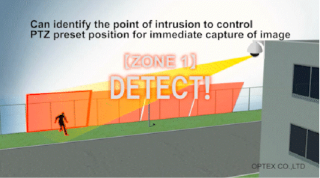
- Security operators in the monitoring room check the incident footage from the surveillance camera installed near the triggered sensor.

- If necessary, security guards will be dispatched and / or security operators will issue voice warnings to intruders remotely.
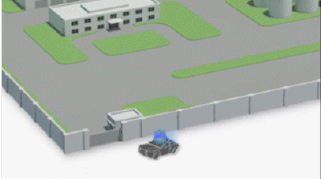
Benefit of Perimeter Intrusion Detection System
1. Deterrence of Intrusion
2. Detect an intruder and take action at an early stage of intrusion
3. Improve the quality of security, with limited human error
During guard shift changes, monitoring tends to become less attentive. Security sensors reduce human errors such as overlooking and work 24 hours / 7 days while maintaining consistent security quality.
4. System Integration to increase security efficiency
By dividing the perimeter into multiple areas and installing security sensors in each zone, it is possible to identify where an intrusion occurred.
In addition, by integrating the security sensor and the surveillance camera system, when a sensor detects an intrusion, a linked camera will be triggered for actions such as live pop-up or PTZ camera control on the monitoring room screens. Then the security operator can take prompt action to dispatch a security guard for on-site checks, call the police / owner, or issue a remote voice warning. This improves the efficiency of operations for reliable response in an emergency.
5. Long-term fixed cost saving
What Is the Appropriate Sensor Technology for PIDS?
There are various types of sensor technologies used in PIDS, and the optimal choice depends on factors such as installation location, coverage area, and required detection accuracy.
Key Requirements for Perimeter Intrusion Detection Systems
- Outdoor Environmental Resistance
Since PIDS is primarily used outdoors, minimizing nuisance alarms caused by environmental noise — such as rain, wind, moving vegetation, ground movement, nearby traffic, and sunlight—is a critical technical challenge. Therefore, features like IP rating (dust and water resistance) and overall environmental durability are essential. - Coverage of Large-Scale Sites
For facilities with extensive perimeters such as industrial facilities, airports, or energy infrastructure, the sensor technology must be capable of covering long distances efficiently. This requires scalable systems that maintain high detection accuracy across wide areas, often with minimal infrastructure and maintenance. - Compatibility with Existing Security Systems
To maximize operational efficiency, PIDS should seamlessly integrate with existing security infrastructure such as CCTV, access control, and alarm systems. Compatibility enables centralized monitoring, coordinated response, and enhanced situational awareness for security personnel.
There are several types of perimeter detection sensors, each differing in detection targets—such as motion, heat, sound, or pressure—and installation methods. Selecting the appropriate sensor depends on the specific conditions and requirements of the installation site.
This page introduces three representative sensor technologies commonly used in PIDS: fiber optic sensors, LiDAR sensors, and photobeam (infrared beam) sensors.
Fiber optic sensors are one of the core technologies used in Perimeter Intrusion Detection Systems (PIDS) and are ideal for high-security and harsh-environment applications. They support various installation methods, including mounting on perimeter fences, mesh barriers, walls, and even underground (buried type). These sensors offer high reliability and long-range monitoring, making them suitable for critical infrastructure facilities.
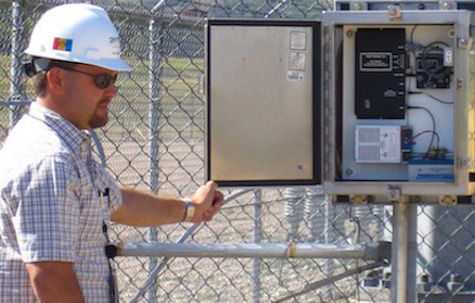
Fence-Mounted Sensors are particularly effective as PIDS solutions for anti-climb fencing. The system processes the signal from the fiber optic sensor cable to detect intruders attempting to breach the perimeter fence by cutting, climbing, or lifting the fence material. An alarm processor can be located on the fence or in the control room depending on the needs. It has algorithms to ignore nuisance alarms caused by rain, wind, or other environmental factors and generate an alarm only in response to changes caused by actual intrusion attempts.
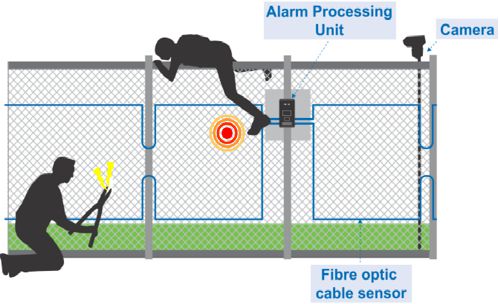
Key Features:
- Accurately detects suspicious vibrations and displacements when installed along perimeter fences or mesh barriers
- Available in both zone-based and point-based detection models
- Equipped with advanced algorithms to minimize nuisance alarms
- High environmental durability (dustproof and waterproof IP rating), suitable for Southeast Asia’s hot, humid, and rainy climate conditions
Applications:
- Prisons and detention facilities
- Power plants, substations, and other energy infrastructure
- Government and military-related facilities
- Data centers
OPTEX also offers copper sensors that support point location and provide redundancy by maintaining detection capabilities even if part of the cable is damaged.
These sensors are used in critical infrastructure for reliable perimeter protection.
OPTEX Fiber Optic Sensor & Copper Sensor Lineup:
For more detailed information about fiber optic sensors, please refer to Fiber Optic Sensor / Copper Sensor Product List.
| Series | Fiber Defender (FD) 300 series | FD500 series | EchoPoint series | Point Defender | Terrain Defender | |||
|---|---|---|---|---|---|---|---|---|
| Models | FD322 | FD331/2 | FD341/2 | FD504/8 | FD525 | EchoPoint EP9300™ | PD500 | TD100 |
| Fiber / Copper | Fiber Optic Sensor | Copper Cable Sensor | ||||||
| Fence Application | ✓ | ✓ | ✓ | ✓ | ✓ | ✓ | ✓ | - |
| Wall Application | - | ✓ | ✓ | ✓ | ✓ | ✓ | ✓ | - |
| Buried | - | - | - | - | - | ✓ | - | ✓ |
| Point Location | - | - | - | - | - | ±6m | ±1m | ±1m |
| APU Remote Installation | - | - | 20km | 5km | 5km | ✓ | - | - |
| IP-enabled | ✓ | Option | Option | ✓ | ✓ | ✓ | ✓ | ✓ |
| Number of channels (zones) | 2 | 1 / 2 | 1 / 2 | 4 / 8 | 25 | Programmable | Programmable | Programmable |
| Max. sensing cable per zone | 500m | 5km | 5km | 800m | 800m | Programmable | Programmable | Programmable |
Photobeam sensors, also known as active infrared (IR) beam sensors, are widely used in Perimeter Intrusion Detection Systems (PIDS) for creating invisible detection lines along fences, walls, or open areas. These sensors generally consist of a transmitter and receiver that form a straight infrared beam path. When an intruder crosses the beam, the interruption triggers an alarm signal.
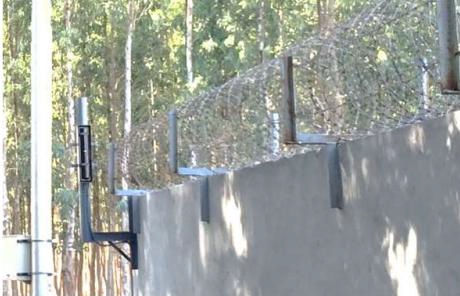
OPTEX SL (Smart Line) series is a long-range photoelectric detector using active IR technology. It’s optimally developed for perimeter intrusion detection applications. It’s designed for outdoor environments and offers high stability against nuisance alarms caused by rain, fog, or small animals. Multiple beam models are available to enhance detection accuracy and reduce nuisance alarms.
SL-200QDM/SL-350QDM/SL-650QDM are the advanced models of SL series. Double-modulated quad beams and A.T.P.C (Automatic Transmit Power Control), which is OPTEX’s unique function, can reduce both nuisance alarms and missed alarms. LED indicators, sound assist, and upper/lower beam selection buttons support your optical axis alignment and reduce the workload during installation and setup.
For an explanation of how photobeam sensors work and how to choose the best model based on your environment and needs, please refer to the article at A Comprehensive Guide to Photobeam Sensors for Perimeter Security.
Key Features:
- Selectable installation method:Fence, Wall and Pole
- Supports long-range detection (models available up to 200 meters)
- Technology and functions to minimize nuisance alarms caused by outdoor environmental factors (weather, sunlight), small animals and birds.
- Easy optical axis alignment structure reduces installation time.
- High-sensitivity design for stable detection even under harsh weather conditions.
- Immediate notification of detection performance degradation due to fog, heavy rain, or other severe weather (trouble signal output via DQ circuit)
Applications:
- Factories and Warehouses
- Commercial facilities
- Residentials
- Airports
OPTEX Photobeam Sensor Lineup:
For more detailed information about Photobeam sensors, please refer to Photobeam Sensor Product List.
| Series | SL-QDM/QDP/QN Series | SL-QFR/QNR Series | |||
|---|---|---|---|---|---|
| Models | SL-200QDM/SL-350QDM/SL-650QDM | SL-200QDP/SL-350QDP/SL-650QDP | SL-200QN/SL-350QN/SL-650QN | SL-350QFR | SL-350QNR |
| Number of beam | Quad beams | ||||
| Detection Range | 60m/100m/200m | 100m | |||
| Connectivity | Wired | Wireless | |||
| Beam frequency | 4 channels selectable | 4 channels selectable | |||
| Sunlight protection | ★★ | ★ | |||
| Interference resistant | ★★ | ★ | ★ | ||
| Lightning resistant | ★ | ★ | ★ | ★★ | ★★ |
| Beam power control selector | ✓ | ✓ | |||
| Automatic transmit power control | ✓ | ||||
| LED indicator and sound assist | ✓ | ✓ (Receiver only) | |||
| Upper/Lower beam selection button | ✓ | ✓ | |||
| IP Rate | IP65 | ||||
LiDAR (Light Detection and Ranging) sensors use laser light to measure reflection time, enabling highly accurate detection of an object’s distance, speed, and size. OPTEX LiDAR sensors create a virtual wall along the site perimeter, clearly defining security zones and providing real-time intrusion detection.
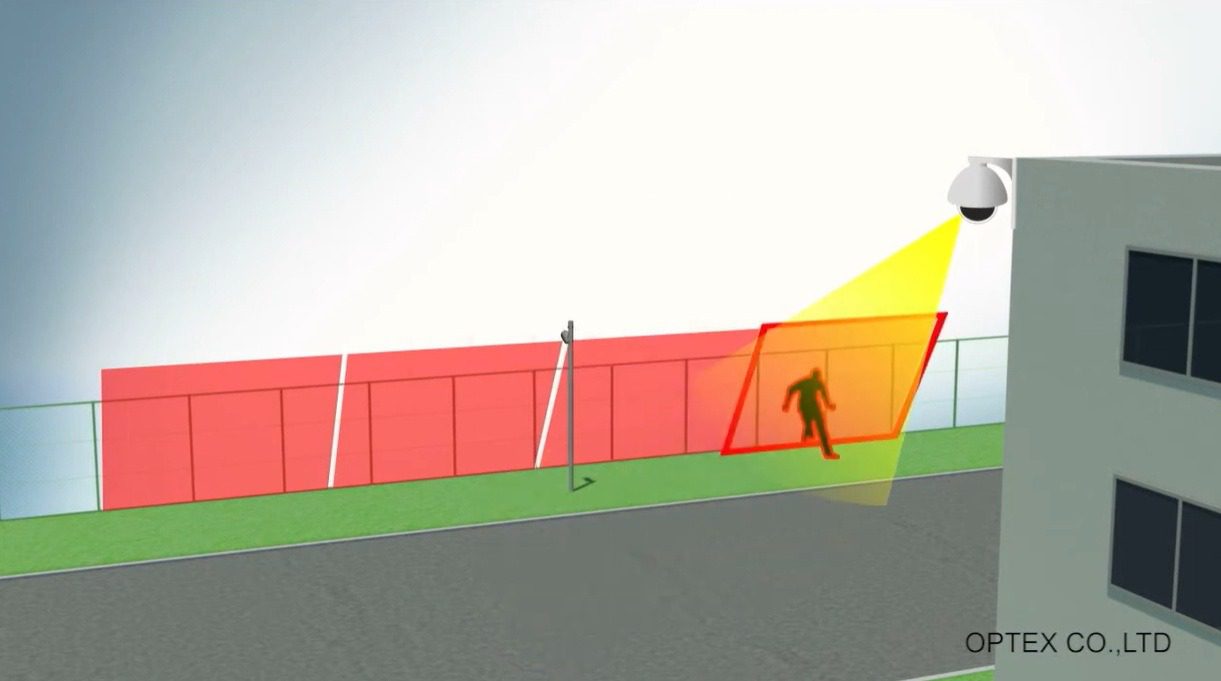
When a person enters the designated detection area, the sensor immediately outputs an alarm signal and integrates with camera systems or sirens. It can also detect suspicious approaches, such as loitering near fences or crawling movements toward the premises.
LiDAR sensors are ideal for perimeter security in high-risk areas, such as site entrances or open areas without fences. For this reason, they are widely used as an effective perimeter security solution to enhance facility safety.
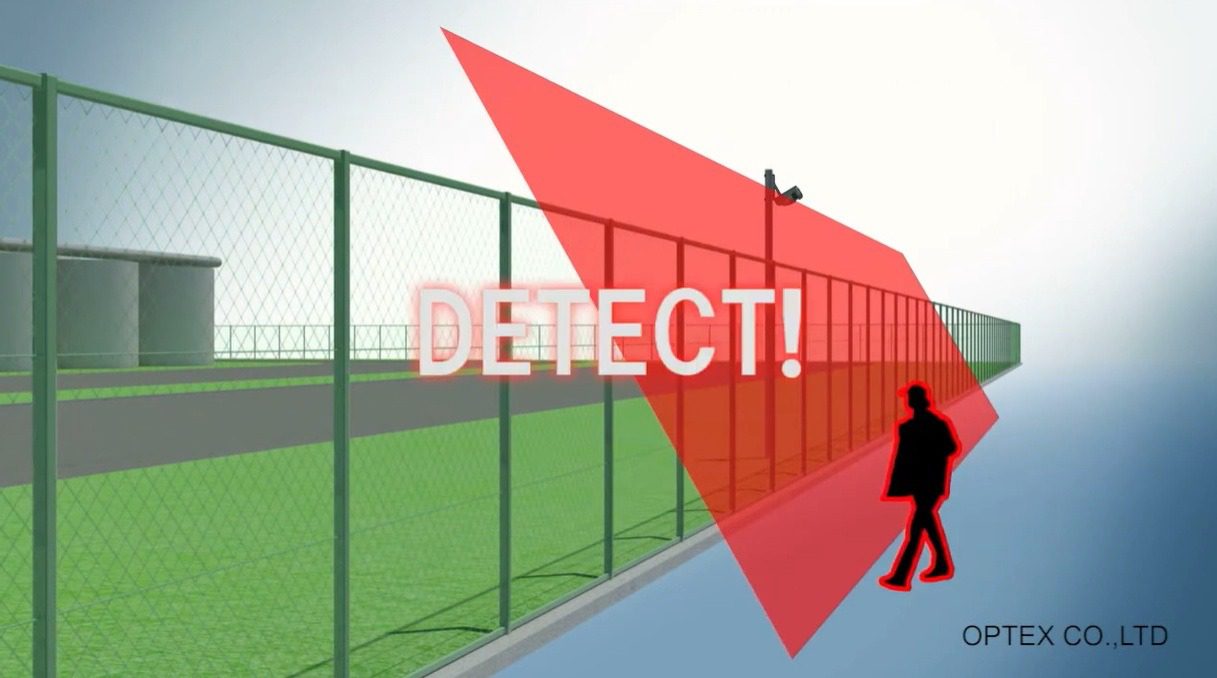
Key Features:
- Selectable installation method:Wall, Ceiling and Pole
- REDSCAN Pro and REDSCAN mini-Pro models, the size and sensitivity of the target object can be individually customized for each detection zone. (8 independent detection zones)
- Suitable for rooftop protection, detecting a crawling person near fences and running individuals.
- Outdoor models: Designed for outdoor installation with dustproof and waterproof specifications (IP rating).
- Small Animal Tolerance and Environmental Resistance Function: the algorithm provides strong resistance to environmental noise such as weather conditions, nearby traffic, and moving vegetation.
- REDSCAN Pro and REDSCAN mini-Pro models are compliant with ONVIF Profile S.

Applications:
- Infrastructure facilities
- Airports
- Factories and Warehouses
- Commercial facilities
- Data centers
OPTEX LiDAR Sensor Lineup:
For more detailed information about LiDAR sensors, please refer to LiDAR Sensor Product List.
| Series | REDSCAN Pro | REDSCAN mini | REDSCAN mini-Pro | REDSCAN Lite | |||
|---|---|---|---|---|---|---|---|
| Models | RLS-50100V | RLS-3060V | RLS-2020S | RLS-2020I | RLS-2020V | RLS-2020A | RLS-1010L |
| Detection Range | 50×100m, 190° | 30×60m, 190° | 20×20m, 95° | 20×20m, 95° | 10×10m, 95° | ||
| Camera | ✓ | ✓ | N/A | N/A | ✓ | N/A | N/A |
| Installation Location | Indoor/Outdoor | Indoor | Indoor/Outdoor | Indoor/Outdoor | Indoor | ||
| Detection Resolution |
Indoor & Outdoor & Indoor throw-in mode: 0.25 degrees
High-resolution mode: 0.125 degrees |
0.25 degrees | 0.125 degrees | 0.25 degrees | 0.125 degrees | ||
| Communication Port | Ethernet RJ45 10Base-T/100BASE-TX (Auto negotiation) | RS-485 | |||||
| Protocol | UDP/TCP/HTTP/HTTPS/IPV4/DNS/DHCP/SNMPv1-v3/NTP/WS-Discovery/ONVIF | TCP/IP, UDP/IP, DHCP, DNS, HTTP, HTTPS, FTP, SNMPv1-v3, ICMP, ARP | UDP/TCP/HTTP/HTTPS/IPV4/IPV6/DNS/DHCP/SNMPv1-v3/NTP/WS-Discovery/ONVIF/IEEE802.1X | TBC | |||
| Zone Creation | 8 zones | 4 zones | 8 zones | 1 zone | |||
| IP rate | IP66 | IP55 | |||||
| Laser Safety | Class1 laser protection class | ||||||
PIDS Solutions for Southeast Asia
OPTEX’s sensors for Perimeter Intrusion Detection Systems (PIDS) have a strong track record in proposals for tender projects and large-scale installations all over the world.
In Southeast Asia, they have been deployed in a wide range of facilities — from critical infrastructure sites such as energy facilities, prisons, data centers, and airports, to factories, warehouses, retail stores, and residential properties.
OPTEX provides tailored technologies and operational expertise for each site to ensure optimal performance.
You can find detailed examples of PIDS installations and applications on the case study page.
Contact us
We are always eager to support you and propose a solution that suits your needs.
